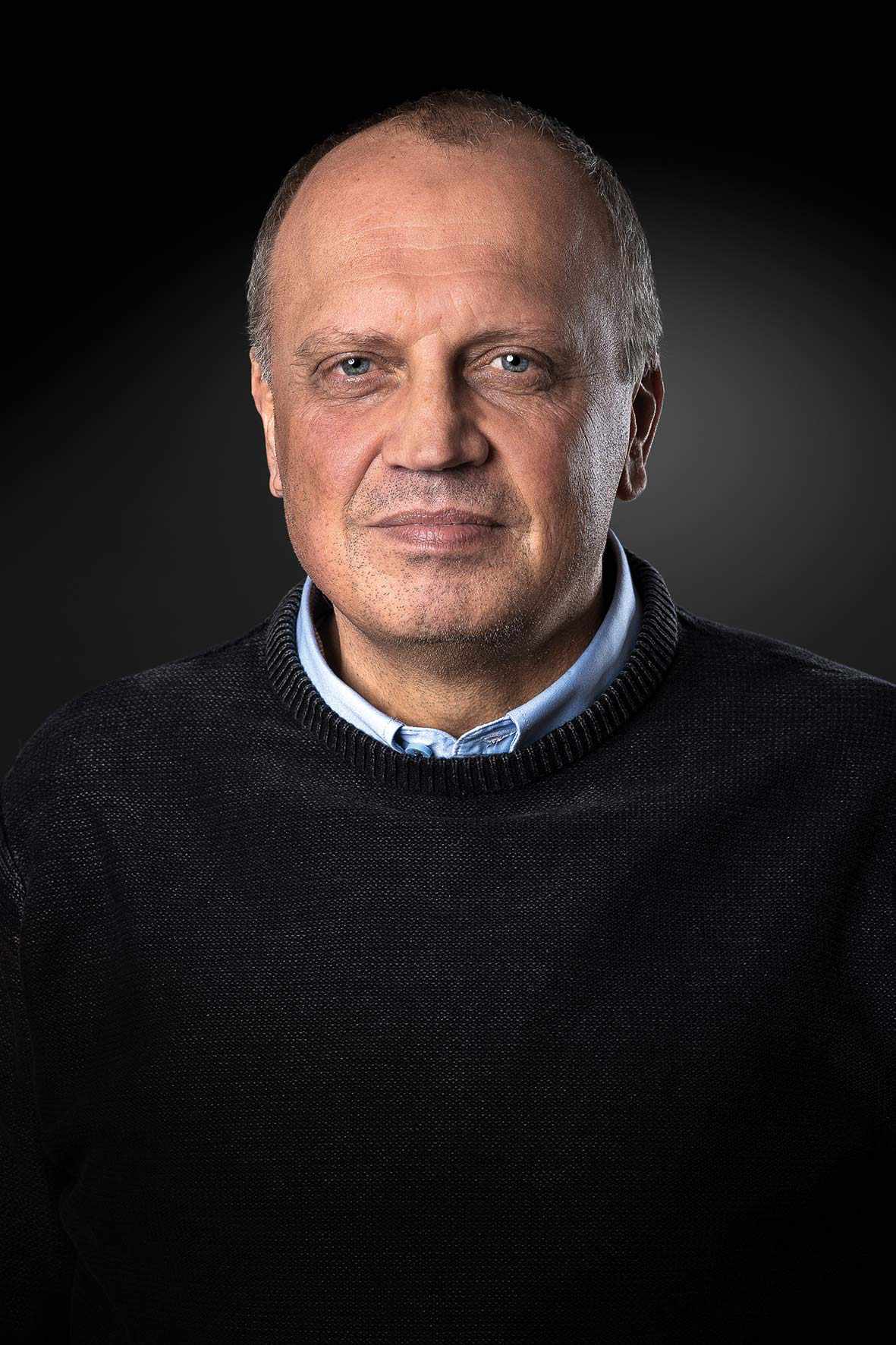Your Tracto Update 2/21
Dear Readers,
Technical progress has accompanied mankind since prehistoric times. Improving living conditions, optimising survival chances and expanding urban habitats have always been major technical challenges for the human race. The first tools were created to sustain life - spears used for hunting and defence, fur and meat cut up with stone age knives.By the way, another important tool from the Stone Age was the drill. It was used to make precise holes in working objects without changing the material structures through displacement. A specimen of this drill can be admired today in the Neanderthal Museum in Mettmann near Düsseldorf.
Technical achievements, especially pioneering achievements – for instance inventions – are mostly the result of a combination of factors: the quest for improvement, creativity, group formation, communication, intellectual effort and healthy competition for the best solution. When this solution comes into widespread use, is discussed, published, patented and duplicated, the DNA of a technique is formed.
If this solution is groundbreaking, it often forms the basis for new application fields. This creates families of machines and devices that carry the same DNA but solve different problems. Therefore, parts of the drill's DNA can be found many thousands of years later in the Archimedes' screw, which was invented for transporting water. Another 2200 years later, some parts of this principle are the basis for horizontal drilling technology.
This means we are participants in a never-ending story, which is just as exciting and rich in challenges today, as it was back then. From the flint knife of prehistoric man to the iron swords of the Hittites. From Leonardo da Vinci’s idea of flight to Otto von Lilienthal’s flying machine, right through to the Airbus A380. From the mystical stone circle at Stonehenge to the observations of a Galileo Galilei to the precise calculation of the landing of the Eagle lunar module. From the first drill to the “marvel” of a GRUNDODRILL.
However, all these products and solutions only endure and remain relevant because human beings have adapted them again and again. Because we are constantly changing the world, requirements change and when requirements change, a product is only relevant if it is continuously adapted. And adaptation in turn changes the world – an eternal cycle that can only be stopped by one thing: people losing the desire to develop things further. But this is opposed to by curiosity and the joy of innovation and also the fact that almost 450.000 people are born every day, many of whom carry this joy and desire within them. Some of them eventually join TRACTO and contribute to our cause.
Based on these thoughts, we have looked back at our own machine development in this second issue of INSIDER and traced the evolution of steerable trenchless technology.
I have been involved in this development myself since 1987, the year I joined TRACTO, and since 2006 have led the Research & Development division as Technical Director. In 2010 I became Technical Managing Director and - together with 65 colleagues – we brainstorm the future of the trenchless technology which shapes the development of new products and services required by our customers today and in the future.
For this reason, we have invested enormously in digitalisation in recent years. This helps us to push on with the implementation of our vision of autonomous drilling. We don’t do this for reasons of faith, we are simply following the basic idea of innovation and inventiveness, that has made TRACTO a leader in innovation since the company was founded in 1962 - and continuing what began in the Neander Valley: The improvement of living conditions – both for the people who benefit from our sustainable and resource-saving technology and for those who use and operate it.
Let’s all stay curious and boldly continue our story.
Yours Meinolf Rameil
